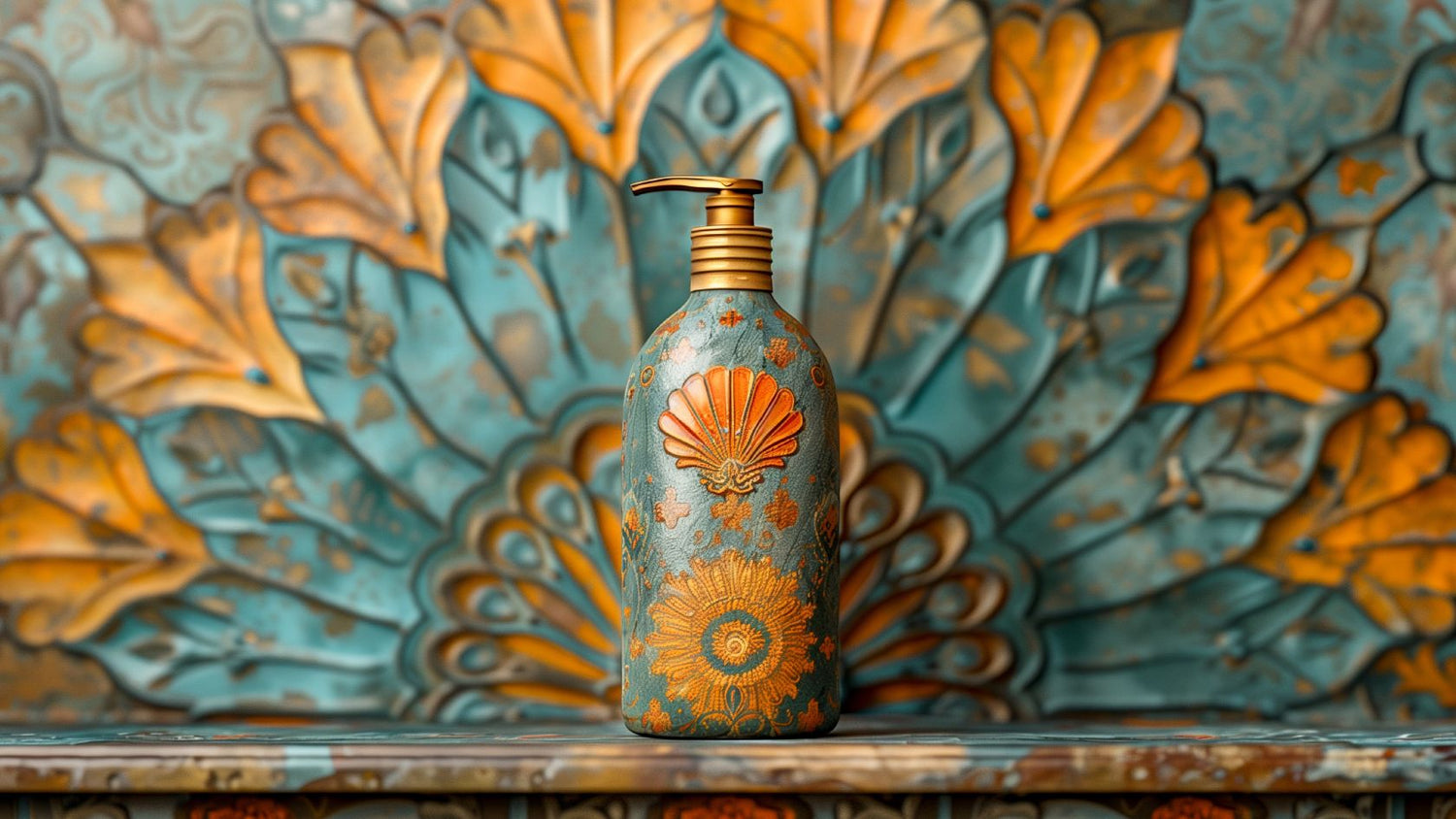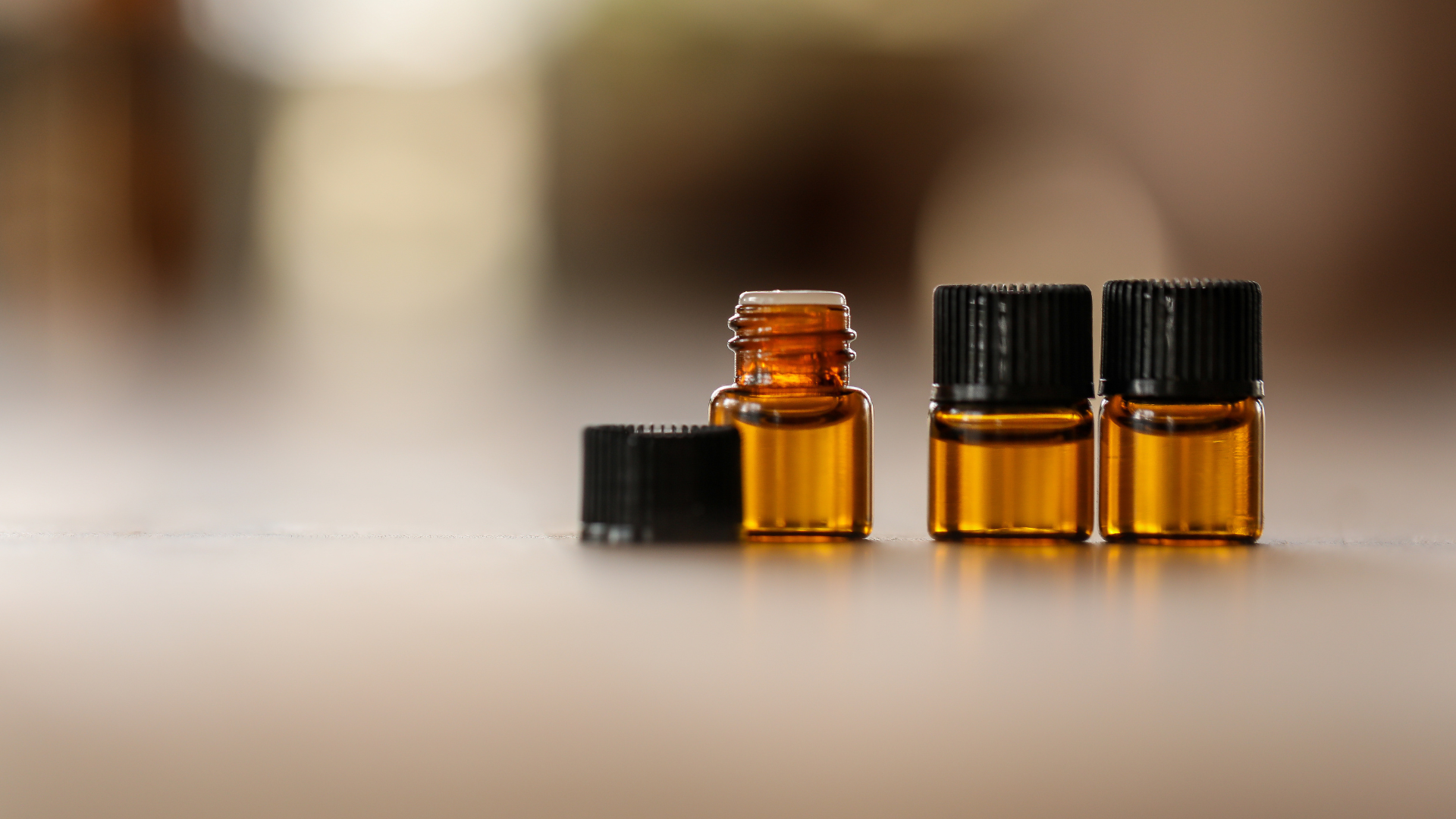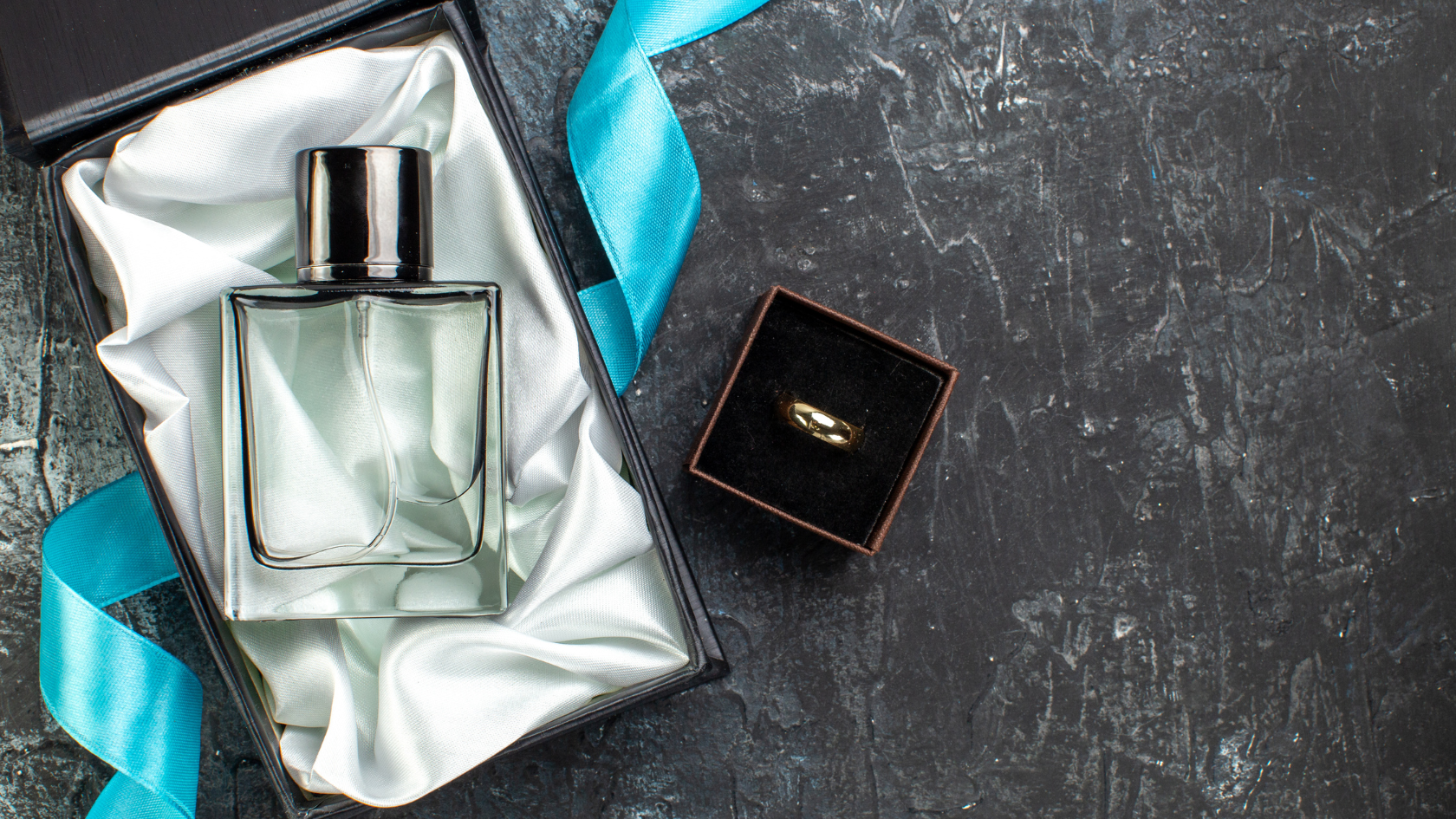The allure of Arabian perfumes is renowned worldwide. These scents, often described as exotic and luxurious, have a rich history and tradition that dates back centuries. The unique composition and profound craftsmanship involved in their creation set them apart from other fragrances. In this article, we will delve into the ingredients that make Oriental perfumes unique and explore why these fragrances hold a special place in the world of perfumery.
The History and Culture of Arabian Perfumes
Arabian fragrances have a storied history that is deeply intertwined with the culture and traditions of the Middle East. Historically, perfumes were used not only for their pleasant scents but also for their medicinal properties and as symbols of status and wealth. The art of perfume-making in the Arabian Peninsula has been passed down through generations, with each family often guarding its own secret recipes and methods.

Key Ingredients in Arabian Perfumes
The ingredients used in Middle Eastern perfumes are what truly set them apart. These perfumes are known for their rich, deep, and long-lasting scents, which are achieved through the use of high-quality and often rare ingredients. Here are some of the most significant components:
- Oud (Agarwood): Often referred to as "liquid gold," oud is perhaps the most famous ingredient in Arabian perfume. This precious resin is derived from the Aquilaria tree and is known for its complex, woody, and slightly sweet aroma. Oud is a key component in many traditional Arabian perfumes, including the prestigious Dahn Al Oud perfume.
- Amber: Amber is a fossilized tree resin that has a warm, sweet, and resinous scent. It adds depth and longevity to fragrances and is a staple in many Arabian perfumes.
- Musk: Natural musk, traditionally derived from the gland of the musk deer, is prized for its warm, sensual, and animalistic scent. Due to ethical and conservation concerns, synthetic musk is now commonly used.
- Rose: The Damascus rose is highly valued in Arabian perfumery for its rich, floral, and slightly spicy aroma. It is often used as a middle note in fragrances, providing a beautiful, romantic scent.
- Frankincense: This aromatic resin, obtained from the Boswellia tree, has a sweet, woody, and slightly citrusy fragrance. Frankincense has been used for centuries in religious ceremonies and as a key ingredient in perfumes.
- Sandalwood: Known for its smooth, creamy, and woody scent, sandalwood is another essential ingredient in Arabian perfumes. It provides a solid base note that helps anchor other, more volatile scents.
- Spices: Various spices such as saffron, cinnamon, and cloves are often used in Arabian perfumes to add warmth and complexity.
The Uniqueness of Arabian Fragrances
The uniqueness of Middle Eastern fragrances lies not only in their ingredients but also in the way these ingredients are blended and aged. The art of creating an Arabian secret perfume involves a meticulous process where each component is carefully selected and combined to achieve a harmonious and balanced scent.
Middle Eastern perfumers are known for their mastery in creating rich, layered fragrances that evolve over time. The aging process allows the ingredients to meld together, resulting in a scent that is both complex and long-lasting. This dedication to quality and craftsmanship is what makes Arabian perfumes stand out.

The Craftsmanship Behind Arabian Perfumes
Creating an Oriental scents is an art form that requires skill, patience, and a deep understanding of the ingredients. The process begins with selecting the finest raw materials, often sourced from different parts of the world. These ingredients are then distilled and blended according to traditional recipes that have been passed down through generations.
One of the secrets to the success of Arabian fragrances is the use of natural ingredients in their purest forms. The absence of synthetic additives allows the true essence of each component to shine through, creating a scent that is both authentic and captivating.
Modern Arabian Perfumes
While traditional Arabian perfumes remain popular, there has been a growing trend towards modern interpretations of these classic scents. Many contemporary fragrances are experimenting with new ingredients and techniques, creating fragrances that appeal to a broader audience while still maintaining the essence of traditional Arabian perfumery.
For those looking to explore these unique scents, visiting Perfume.ae is a great place to start. We offer a wide range of Arabian perfumes, including both traditional and modern creations.
Conclusion
The world of Middle Eastern perfumes is rich with history, culture, and tradition. The unique ingredients and meticulous craftsmanship that go into creating these fragrances set them apart from other perfumes. Whether you are drawn to the deep, woody scent of oud or the sweet, floral aroma of rose, there is an Arabian perfume that will captivate your senses.
By understanding the key ingredient in Arabian perfume and the secrets behind their creation, you can appreciate the artistry that goes into each bottle. Exploring the diverse range of Arabian secret fragrance offerings available today is a journey that will lead you to discover some of the most luxurious and unique scents in the world.



